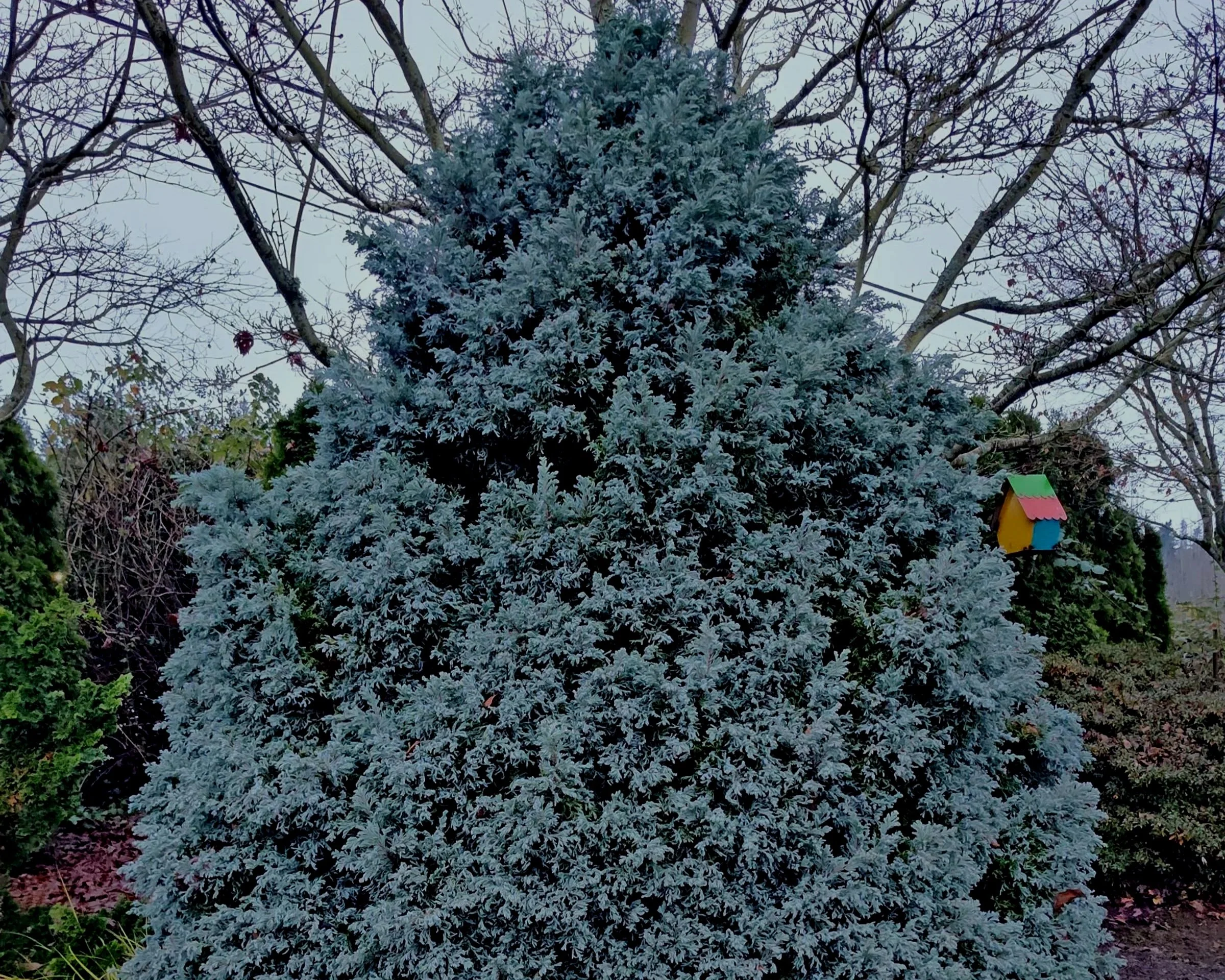As a garden center owner for over three decades, I have seen all types of gardeners come in to shop for plants, and without exception, regardless of their level of skill, there is one common habit they all exhibit. Show them a pretty flower and they will immediately plunge their schnozzola right into the heart of it to see if it has fragrance - we have all done it, myself included. It is almost comical, especially when we stick our nose into a ‘Casa Blanca’ or ‘Star Gazer’ Lily and come away with bright orange pollen on our face. We all love a beautiful and colorful garden, but when we can add fragrance into the mix, it just elevates us to a different state of consciousness.
When we speak of ‘scents’, we are generally referring to pleasurable aromas, compared to ‘smells’, which are thought of as being objectionable or unpleasant. Of course, one person’s ‘scent’ can be another’s ‘smell’ - what I find sumptuous, you might find repugnant. But hey, isn’t that what makes life interesting? I should say that all of these aromas that plants emit, either through their floral parts or their foliage and bark, are there for reproduction or protection. In other words, plants have developed scents for their survival. The fact that we get to enjoy them is secondary.
Plants that have some kind of scent abound in our northwest gardens. From the floral perfumes of Roses and Lilies, to the fresh and spicy smells of Herbs and evergreen Clematis, to the woodsy aromas of our many varied Evergreens, there is no shortage of opportunities to interject fragrance into our gardens. Even this time of year when there are so few plants in bloom, we can enjoy the delicate fragrant flowers of Witch Hazel, or the fragrant pale pink blossoms of Viburnum ‘Dawn’. In just a few weeks, Winter Daphne will come into bloom with a fragrance that will fill the entire yard. As we move through spring there will be Hyacinths, Wisteria, Lilacs, Roses, and so many more delectable shrubs, perennials, and annuals that will fill our heads with great smells that can evoke all sorts of emotions, including memories of past experiences, romances perhaps, and time spent in the garden with grandparents. Just the smell of a blooming Petunia sends me back to when I was 14 years old and working in my local garden center potting up Petunias in gallon cans for the high school graduation ceremonies.
I remember (maybe not so fondly) my first experience with a ‘Voodoo’ Lily. It was growing outside our fraternity house and one of my ‘brothers’ thought it would be fun to prank me by cutting off the putrid-smelling flower and placing it on my desk while I was away in class, probably studying plant anatomy or taxonomy. I also will never forget the smell of the Star Jasmine blooming on our brick chimney or the evening fragrance of the homely, but intensely fragrant blooms of the shrubby night blooming Jasmine just outside our front porch.
Scents are so much more than cocktails of various organic compounds that plants emit in the course of preserving their species. They represent emotions, memories and experiences from our lives that beg to be recalled every time we step out into the garden. It just makes good ‘sense’ to incorporate fragrant plants into our landscapes - it is one more dimension of gardening that makes it so pleasurable. And that, my fellow gardener, is my two cents on scents in the garden.



